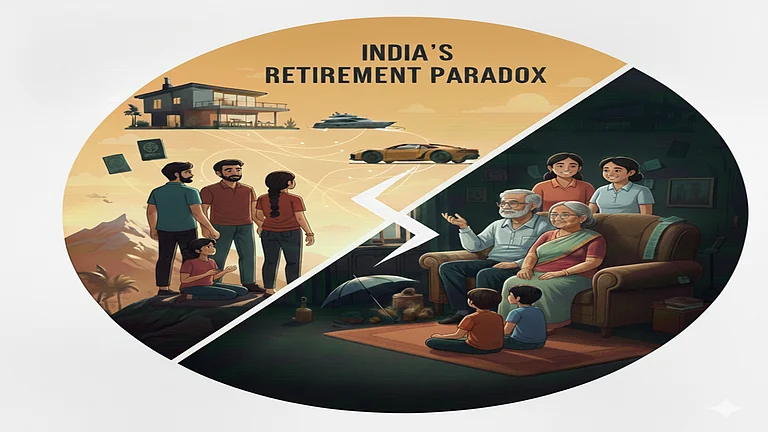Domestic rating agency Icra Ratings on Friday said the monthly collection efficiency of its retail loan pools originated by non-banking finance companies (NBFCs) and housing finance companies (HFCs) dropped by around 10-35 per cent across asset classes in May 2021 from March 2021.
The agency said a significant rebound in overall collections in the second quarter remains important, to arrest the rising delinquencies as seen in its rated retail pools.
The collection efficiency in Icra-rated securitisation transactions began to decline from April 2021 onwards due to the disruption in collection activities of NBFCs and HFCs owing to second wave induced lockdowns/restrictions imposed by several state governments.
The decline has been sharpest for microfinance pools, where monthly collection efficiency (including advances and overdue collections) was lower by 35 per cent in May 2021 compared to March 2021, the agency said in a report.
The collections for SME loan pools and commercial vehicle loan pools also fell significantly by around 20 per cent from the peak achieved in March 2021.
The agency's Vice President and Head (structured finance ratings) Abhishek Dafria said though collection efficiencies for NBFCs have suffered again in the first quarter, due to second wave of pandemic induced lockdown/restrictions, a gradual recovery in the same has been witnessed in June 2021 with the easing of lockdowns in certain geographies.
Most of the NBFCs have slowed down their disbursements and are focused entirely on collection efforts mirroring the trend seen last year during the first wave, he said.
However, a meaningful rebound in overall collections in the second quarter remains important to arrest the rising delinquencies as seen in Icra-rated retail pools, Dafria said.
“We feel a sharp improvement is quite possible given the decline in fresh Covid infections in the country, the increasing pace of vaccination and the increased collection efforts of the NBFCs who would be drawing learnings from their experience of monitoring and managing the borrowers last year,” he said.
A further surge in Covid infections that may force state governments to continue with the current lockdowns would be an area of concern, he added.
The report said as the second wave affected the repayment capability of borrowers, the incremental slippages in the softer buckets (0-30, 30-60 and 60-90 days past due, i.e. DPD) in Icra-rated retail loan pools have seen material rise in May 2021 compared to the previous months.
The rise in 90+ DPD delinquency has been highest in unsecured SME loan and microfinance loan pools at 4 per cent and 3.1 per cent as of May 2021, respectively, compared with 2.5 per cent in March 2021.
The agency’s assistant vice-president and sector head (Structured Finance Ratings) Mukund Upadhyay said 90+ delinquency is expected to be at peak levels in May 2021 and would witness some reduction in June 2021.
The decline will be on the back of resumption in business and collection activities of the lenders, assuming there are no extensive lockdowns in the next 2-3 months in the major states due to the pandemic, he said.
“In our opinion, to contain the asset quality deterioration, lenders may utilise the restructuring scheme announced by the regulator for the borrowers facing temporary stress,” Upadhyay said.
Improvement in asset quality should be gradual and in line with the trend seen during the last fiscal year, he added.









